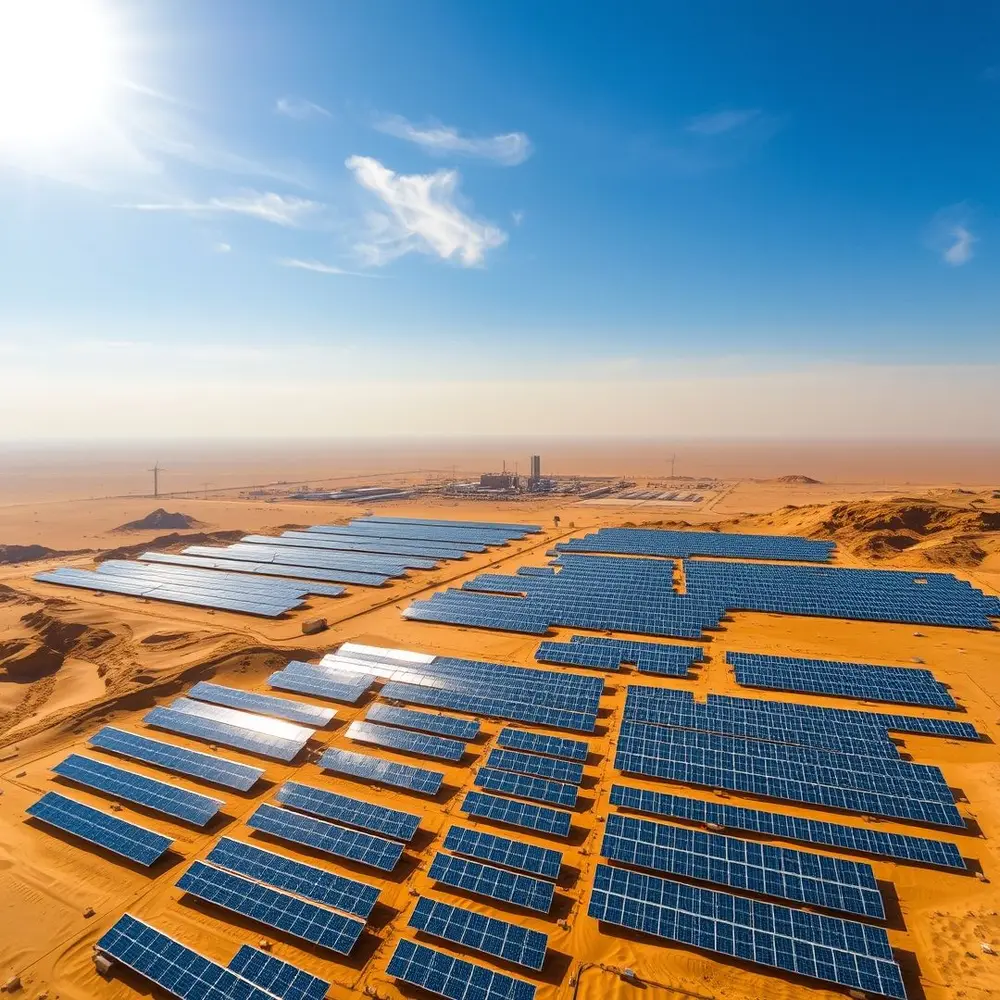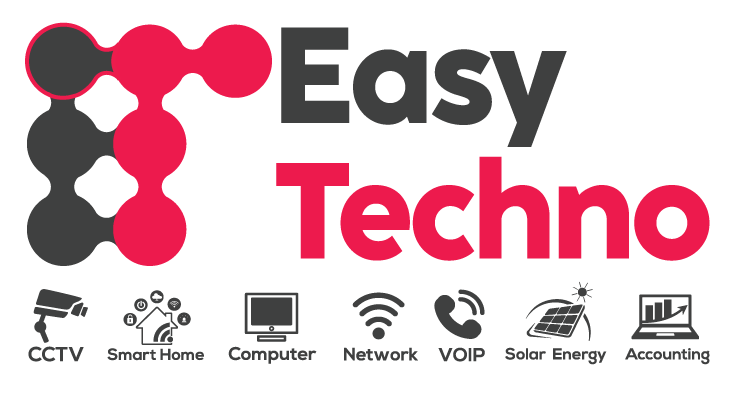Are Solar Panels Worth It in Oman’s Climate? Let’s Find Out

The sun beats down relentlessly across the Sultanate of Oman, a land sculpted by heat and light. This very abundance of sunshine understandably sparks a tantalizing question for homeowners, businesses, and industries alike: Could harnessing that power transform energy costs and contribute to sustainability? Are solar panels worth it in Oman’s unique and demanding climate? With soaring electricity bills and ambitious national goals for cleaner energy, the prospect of solar power is more than just appealing—it’s becoming a crucial economic and environmental consideration. But navigating the decision requires understanding how Oman’s intense heat, frequent dust storms, and specific economic landscape impact the viability and return on investment of a solar photovoltaic (PV) system. This comprehensive analysis delves into the complexities, potential, and practicalities of solar energy in Oman, providing the insights needed to determine if going solar is truly a bright move.
1. Oman’s Solar Resource: An Exceptional Natural Advantage
Oman possesses one of the highest solar energy potentials globally, a natural endowment crucial for its energy future. The country receives between 2,500 to 3,000 hours of bright sunshine annually. More significantly, solar irradiance – the power per unit area received from the sun – is exceptionally high. Annual global horizontal irradiance (GHI) across most of Oman ranges from a substantial 2,000 kWh per square meter to an impressive 2,500 kWh per square meter, placing it firmly in the top tier globally. This level exceeds even well-known solar hubs like Spain or California. Regions like Salalah on the south coast might see slightly less intense insolation due to the Khareef (monsoon) season, while interior desert areas like Adam or Fahud bask in consistently high irradiance year-round. This immense, consistent solar resource forms a compelling foundational argument for solar power in Oman, translating directly into high potential electricity generation from properly installed and maintained PV systems.
Understanding this resource also involves appreciating its consistency. Unlike temperate climates with significant seasonal variation, Oman experiences high solar availability throughout most of the year. Winter months still offer excellent production potential. The predictability allows for robust system design and accurate financial modeling, making Oman’s climate inherently advantageous for leveraging solar technology for long-term energy solutions.
2. The Economics: Payback Period and Long-Term Savings
The financial viability of solar panels hinges on the delicate balance between the initial investment cost and the long-term savings on electricity bills. While the upfront cost of a solar PV system in Oman – encompassing panels, inverters, mounting structures, wiring, and installation – remains significant (though declining globally over time), the very high cost of conventional grid electricity changes the equation dramatically. Oman has seen notable electricity tariff increases in recent years, especially for commercial and industrial consumers, making grid power a major operational expense.
A well-designed residential solar system (e.g., 5 kW) could see a payback period within 5 to 7 years in many cases, depending on current consumption and future tariff trends. For larger commercial or industrial rooftop or ground-mount systems (e.g., 100 kW or more), the payback period can often fall to 4-6 years or even less. This calculation is heavily dependent on the sustained high irradiance levels Oman enjoys. Beyond the payback period, systems typically have lifetimes of 25+ years for panels, meaning 15-20 years of significant electricity cost reduction or elimination after recouping the initial investment. Additionally, as global technological advances and increased market competition continue to drive system costs down, the financial argument grows even stronger. Companies like easytechno, specializing in tailored solutions, often provide detailed feasibility studies to clarify these financial projections for specific sites, making the investment easier to evaluate. To explore financing options and current project solar panel installations, specialized providers offer essential guidance.
3. Climate Challenges: Heat, Dust, and Humidity
While abundant sunshine is a major asset, Oman’s climate presents unique challenges that directly impact solar panel performance and longevity. High ambient temperatures are the primary concern. Solar panels experience a natural reduction in efficiency as temperature rises – typically between 0.3% to 0.5% per degree Celsius above standard test conditions (25°C). Oman’s frequent summer temperatures exceeding 45°C mean panels can regularly operate at 65-75°C or higher, potentially reducing peak power output by 15-25% compared to rated capacity measured at 25°C. Careful system design considering heat dissipation and panel selection (some types are slightly less temperature-sensitive) is crucial to mitigate this effect.
Dust and sand are omnipresent adversaries. Frequent dust storms and the constant settling of fine sand particles rapidly coat the panel surfaces, blocking sunlight and drastically reducing output—sometimes by 20-50% or more within weeks if not cleaned. This necessitates a robust and consistent cleaning regimen using deionized water to avoid scratching surfaces. Proximity to deserts, coastal salt spray (which can corrode components), and high humidity levels further elevate maintenance requirements. Panels and mounting structures must use corrosion-resistant materials, and electrical components need suitable protection ratings (IP65/IP66). The effectiveness and cost of ongoing solar power system maintenance are critical factors in the long-term viability calculation for Omani installations. Neglecting these climatic challenges will severely undermine projected returns.
4. Policy Landscape: Government Initiatives and Incentives
The regulatory and policy environment plays a pivotal role in determining solar adoption timelines and net metering. Oman has articulated a clear vision for increasing renewable energy in its national energy mix. Key entities driving this include the Oman Power and Water Procurement Company (OPWP) and the Authority for Public Services Regulation (APSR), which govern the electricity sector. For utility-scale projects, Oman conducts regular tender rounds attracting significant international investment and driving down large-scale solar power purchase agreement (PPA) prices.
For smaller-scale rooftop solar (distributed generation), the regulatory framework is developing. Some entities have enabled net metering pilots or bilateral agreements, allowing consumers to offset their consumption with solar generation and feed excess power back to the grid. However, widespread, standardized, national net metering regulations are still being finalized, which creates uncertainty for some prospective adopters. It is essential for potential investors to verify the current interconnection rules and potential compensation mechanisms for export with their local distribution company (e.g., Majan Electricity, Muscat Electricity, Mazoon Electricity, Dhofar Power). While upfront capital subsidies are not a major feature currently, the policy direction remains broadly supportive as Oman seeks to reduce domestic fossil fuel consumption for power generation. Staying informed about current government incentives for solar energy is vital for project planning.
5. Choosing the Right Solar Technology for Oman
Given the environmental stressors, selecting appropriate solar technology is paramount. While traditional monocrystalline silicon panels are prevalent globally and perform well in Oman, advancements offer solutions tailored to harsh environments. Polycrystalline silicon panels are generally less expensive but usually slightly less efficient and sensitive to high temperatures. Robust bifacial panels can capture reflected light from the ground (especially effective over light-colored surfaces prevalent in Oman) offering potentially higher yields under high irradiance.
Quality mounting structures must be corrosion-resistant (like anodized or hot-dipped galvanized steel) and designed to withstand high winds. Choosing inverters with a high-temperature tolerance (able to derate less in hot conditions) or considering microinverters/optimizers (which minimize the impact of shading/dust on individual panels) can optimize performance. Energy storage (batteries) increases system complexity and cost considerably but offers backup power during occasional grid outages and the ability to shift solar power usage to evening peak tariff times. Companies providing renewable energy solutions in the region, such as easytechno, emphasize robustness, simplicity, and ease of maintenance when designing systems for the Omani desert environment. The focus is always on maximizing real-world energy yield over decades, not just peak theoretical power.
6. Long-Term Performance and Warranty Considerations
Investing in solar panels is a long-term commitment, making system durability and guaranteed performance critical. Understand the warranties carefully. Panel manufacturers typically offer two warranties: 1) A product warranty covering material and workmanship defects (10-12 years is standard, premium brands often 15-25 years). 2) A performance warranty guaranteeing the panel will still produce a certain percentage of its original rated power after X years (e.g., 90% after 10 years, 80% after 25 years). Given Oman’s extreme conditions, prioritizing panels tested and proven in similar harsh environments is wise.
Similarly, inverters usually have shorter warranties (typically 5-10 years, extendable). Ensure the chosen installer offers robust workmanship warranties (minimum 5 years) and has a proven track record. The harsh climate necessitates diligent maintenance. Beyond cleaning, regular professional inspections are recommended around every 2-5 years to check electrical connections, mounting integrity, inverter function, and potential micro-cracks in panels caused by thermal cycling or dust abrasion. This proactive approach maximizes system lifespan and protects the investment. Partnering with experienced providers ensures awareness of the latest cutting-edge solar technology best suited for longevity in Oman.
7. Environmental Impact and Sustainability Alignment
Beyond financial returns, solar energy offers a significant environmental transformation in Oman. Replacing fossil fuel-based grid power with clean solar generation drastically reduces a site’s carbon footprint. Each megawatt-hour (MWh) of solar electricity generated avoids hundreds of kilograms of CO2 emissions that would have been produced by burning natural gas. As Oman actively pursues its commitments under the Paris Agreement and its Vision 2040, which emphasizes environmental sustainability and economic diversification, adopting solar power aligns individual entities with these national goals.
For businesses, incorporating solar enhances corporate social responsibility (CSR) profiles, appealing to increasingly environmentally conscious consumers and partners. Adopting solar also contributes to national energy security by reducing dependence on domestic gas resources for power generation, freeing them up for more valuable export markets or industrial uses. The move towards solar in Oman isn’t merely a cost-saving measure; it’s a strategic shift towards a cleaner, more sustainable energy future for the nation as a whole.
8. Conclusion: A Resounding “Yes,” Despite Challenges – The Smart Time is Now
So, are solar panels worth it in Oman’s climate? The evidence points compellingly towards “Yes.” Oman’s exceptional solar resource creates an unparalleled opportunity for cost-effective electricity generation. While the high temperatures, pervasive dust, and current regulatory nuances present real challenges, they are not prohibitive barriers. These challenges can be effectively managed through strategic technology selection, robust installation practices, diligent maintenance regimes tailored to the desert environment, and careful project planning incorporating the local regulatory context.
The economic argument is strong, driven by high conventional electricity costs leading to rapid payback periods for many systems. The national commitment to renewable energy provides a supportive backdrop. The environmental benefits are undeniable. By investing in well-designed and maintained solar PV systems, Omanis—residential, commercial, and industrial—can lock in significant energy cost savings for decades, reduce their environmental impact, and contribute to the Sultanate’s sustainable development goals. Considering the abundance of sunshine and increasingly favorable technology and economics, the time to seriously explore and invest in solar power in Oman is undeniably now. Let the desert sun power your future.
